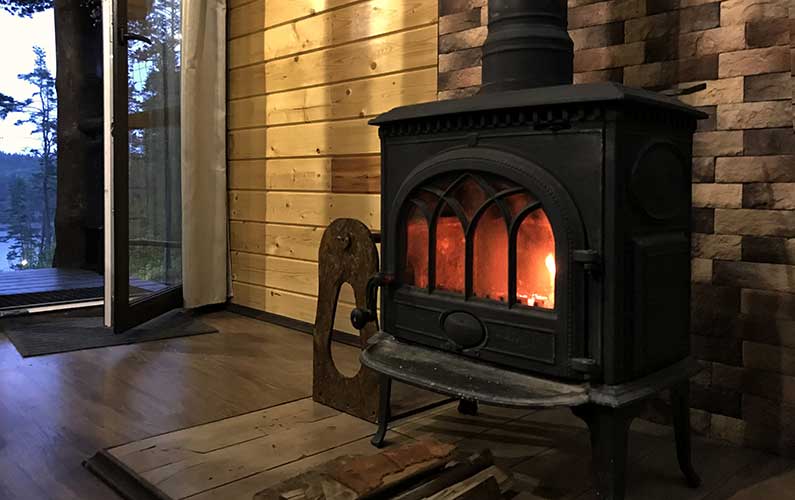Regarding upgrading and replacing your kitchen stove, preparation is crucial to a flawless and effective installation process. Whether you’re looking at a gas stove or an electric stove, understanding the nuances of each option can help you decide wisely that fits your kitchen habits and kitchen dynamics. It's crucial to understand what to expect during the installation process and how to prep your environment for what's to come.
In this manual, we will share professional advice from stove installation specialists that cover everything from safety protocols to common mistakes that homeowners should look out for. By following this advice, you can guarantee a smooth process and improve the overall efficiency of your cooking space. From understanding local codes to selecting the proper outlet for your electric model, we're ready to guide you through every part of the process.
Grasping Stove Varieties: Electric vs. Gas
When it comes to selecting a stove for your kitchen, the first decision you'll face is between electric and gas stoves. Gas stoves are often preferred by cooks for their precise temperature control and instant heat. They utilize a flame to cook food, which allows for quick response to changes in heat settings. This type of stove is perfect for searing, wok cooking, and other cooking techniques that require rapid adjustments. However, gas-powered stoves require a natural gas line and proper ventilation, which may create complexity to the installation process.
On the other hand, electric stoves have gained popularity due to their user-friendliness and maintenance. They offer reliable cooking temperatures and are generally more convenient to clean, especially with smooth top models. Electric stoves come in a couple of main types: classic coil burners and induction cooktops. Induction cooktops provide quick cooking times and low energy consumption, as they warm pots and pans immediately using induction. However, they require appropriate cookware, which may involve additional costs for homeowners.
At the end of the day, the choice between gas and electric stoves should be determined by your cooking style, kitchen setup, and individual tastes. Both kinds have unique pros and drawbacks. If you enjoy cooking with great accuracy and enjoy a classic cooking experience, a gas stove might be the way to go. Conversely, if convenience and ease of cleaning rank high on your list, an electric appliance may be the preferred option for your kitchen.
Vital Preparation Actions for Setup

Ahead of the setup of your new stove, assess your kitchen space to ensure it can accommodate the appliance you have opted for. Measure the area where the stove will sit and note the measurements of the latest unit. This assists identify whether you need to make changes, such as taking out cabinets or adjusting countertops, to fit a larger or alternative style stove. Additionally, check for sufficient clearance around the stove for security and convenience.
Subsequently, consider the services required for your stove variety. If you are installing a gas stove, ensure that the gas line is in proper condition and fulfills the essential criteria for your new appliance. This may involve having a professional inspect the gas line and, if needed, arrange for an upgrade. For https://postheaven.net/freonmagic8/the-ultimate-guide-to-hiring-cooktop-installation-experts , verify that the electrical supply satisfies the wattage needs of the new stove and that the suitable outlet is present in your kitchen.
Ultimately, prepare yourself with the local regulations and licenses required for stove installation. Some regions may require specific permits or evaluations to confirm security and adherence with building regulations. Get in touch with your local authorities or consult a professional installer to know what documentation and procedures you need to adhere to before starting the installation process. Taking these essential steps will aid ensure a seamless and successful stove installation.
Safety Considerations and Regulations
When installing a stove, security should be the highest concern for every residential owner. Whether you are choosing for a gas or electric stove, understanding the safety standards associated with your appliance is vital. Gas stoves require proper airflow to avoid carbon monoxide buildup, so make sure that your kitchen has adequate exhaust systems in place. Additionally, check for gas leaks before finishing the setup. A foam test using soapy water can help identify any issues in the gas line.
Adherence with local building codes and standards is also important. Many areas require permits for stove installations, especially if it entails modifying existing gas lines or power systems. Familiarize yourself with the codes that apply to your specific location, as these rules ensure that appliances are set up securely and function correctly. Ignoring compliance can lead to fines or dangerous situations, jeopardizing both your house and security.
Finally, consider engaging a professional installer who understands the nuances of stove installation. Professionals will ensure that your device is installed in adherence with safety standards and local codes, providing peace of mind that your stove functions safely and efficiently. By focusing on professional help, you evade the typical mistakes of DIY installations, which can lead to security risks and extra costs down the road.
